Mr. Leondard’s Second Act
“Sir, would you please remove your hat?”
It only made sense when I was asked. I tore it off immediately, embarrassed that I’d broken what’s become an otherwise outdated rule in clubhouses – No hats allowed.
“Sorry man,” Travis Heim, owner of the famous Heim BBQ in Fort Worth and friend of RDGC, said. “I forgot to tell you.”
That was the name of the game at Shady Oaks Country Club in the hills of Fort Worth. If Colonial CC is the muscle car of Cowtown, SOCC is the classic Jag with wood finish and the analog clock in the dash.
The pre-Shady history is well known if you know your Fort Worth trivia – Mr. Marvin Leonard left the Glen Garden Country Club on the south side to make his own course which would include his beloved bent grass greens that he’d experienced abroad. He’d ultimately open Colonial in 1936 with 100 members, poaching two caddies from GGCC in the process – Ben Hogan and Byron Nelson.
Colonial was built for the spotlight. It’s sprawling, challenging, and 80 years later still grades as one of the toughest courses the PGA TOUR visits each year.
But Mr. Leonard wanted more - and became restless. After selling Colonial back to the members, he set his sights on 1,220 acres in Westover Hills, seven miles west of downtown.
Legend has it that Mr. Leonard brought Hogan out to walk the land with him before signing the papers. Mr. Hogan begged him not to sign, citing extreme hilly, rugged terrain in which carving a quality golf course out of would be a struggle, if not impossible.
Mr. Leonard thankfully didn’t listen, and after bringing in the renowned Robert Trent Jones, founded the highest class country club in Fort Worth when the dust settled. It was a heel turn from Colonial in every way, with the focus being the business crowd and the utmost privacy. A tightly controlled membership number even allows the course to not even have tee times, and a gate and security guard patrol the entry to a 6,800 yard racetrack with what some call the best greens in Texas.
“The greens are fast,” Heim told me as we teed off. “Everyone likes to hype them up, and the hype is real.”
Travis joined during a renovation that would see the course reopen in fall of 2020. Once the excitement died down, the course settled into the stride it was created for; Business plans while battling a nearly impossible fourth hole where the green shoots into the sky off a dogleg right, and deals being hashed out sitting in the clubhouse surrounded by Mr. Hogan’s trophies and old experimental clubs.
“There’s stuff in here from [Hogan] everywhere,” Travis would later say during a tour of the clubhouse. “Even our club tournament is a trophy of Hogan’s hands. It’s really cool how much of him is here.”



The course itself is a grinding, knee-buckling test. 2011 Individual NCAA Champion John Peterson, who’s also a member and RDGC friend, cautioned us of that before we ever stepped foot on the property. His warning was everyone’s – prepare for the greens.
“Shady Oaks has the best,” he told us after discussing a round at another famous course in Texas. “You just can’t beat them.”
He was certainly right, as ball marks were scarce and the roll was true on each and every green. It’s an unrelenting breakdown of everything a player feels good about in his game, and going low is an accomplishment to which few can lay claim.
It’s certainly no shock to anyone that Shady Oaks is RDGC-approved as one of the best courses you could possibly talk your way onto, but after being there once, it couldn’t carry a higher recommendation.
Hats off to you, Mr. Leonard. Literally.






